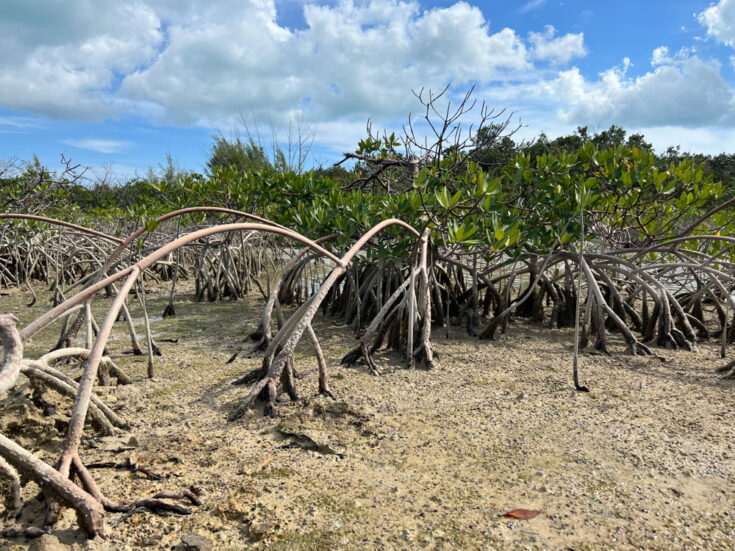
The turquoise blue water stretched out in all directions as the airplane began its descent into Abaco, The Bahamas. Looking out the window I was excited, anxious, and hopeful, and I began scanning the coastline for the first small mangrove islands as we approached. The last time I was in Abaco was in May 2019 to implement our Bahamas Awareness of Mangroves (B.A.M.) program. Shortly thereafter on September 1st, Dorian, a catastrophic category 5 hurricane, devastated much of the Abacos, becoming the most powerful and destructive hurricane ever to strike The Bahamas. The storm destroyed most of the structures on the island, leaving tens of thousands of people homeless and without power, water, or food. Just as Abaco was making progress rebuilding, COVID-19 struck, causing lockdowns and slowing construction.
Looking out the window, I reflected that it had been almost four years since I’d last seen my colleagues at Friends of the Environment (FRIENDS) and B.A.M. teachers and students. Returning to the present moment, my heart leapt with joy as I saw little green puffs of mangrove stands among the sandy shoals. Although the mangrove trees were not as big as they once stood, they are growing back. Once over land, I began to see the lingering devastation from Dorian. There’s a graveyard of tree trunks that were once Caribbean pines protruding from the land and towering over the underbrush of the forest. Unexpectedly, tears welled in my eyes, and as I tried to blink them back, I saw that the airport’s control tower remained empty, still damaged from the storm.
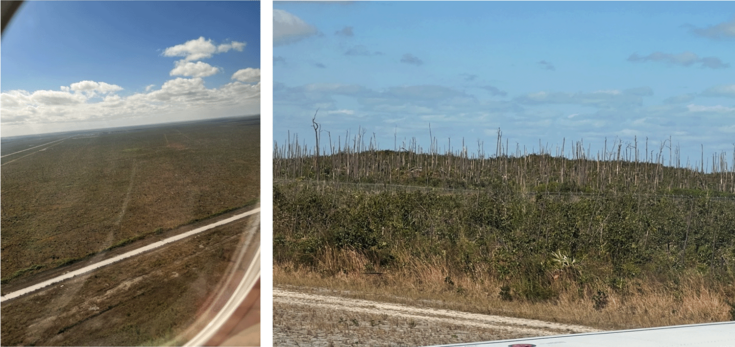
On the drive from the airport to FRIENDS, I almost felt disoriented. Many of the landmarks that I once used to find my way around were missing. The smaller trees and shrubs exposed the small limestone hills that were not previously visible through the forest. There were some buildings that survived the storm, new buildings that I didn’t recognize, and structures that were left un-repaired with nature permeating the empty real estate. I almost felt like I was on a different island.
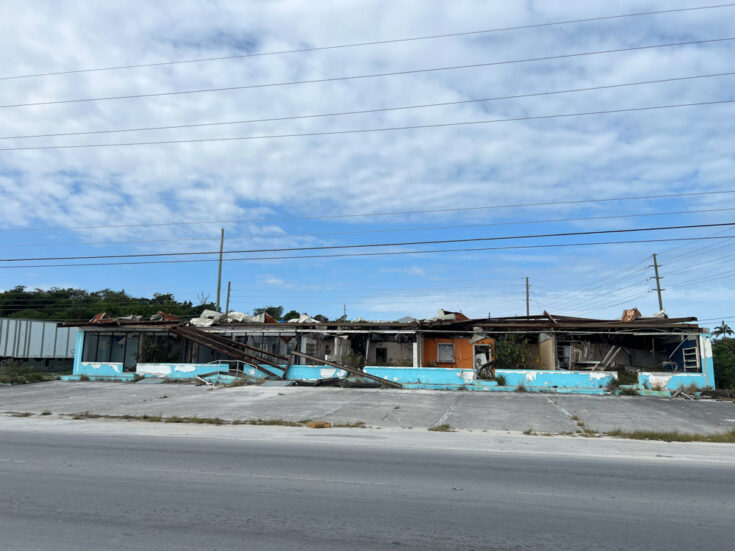
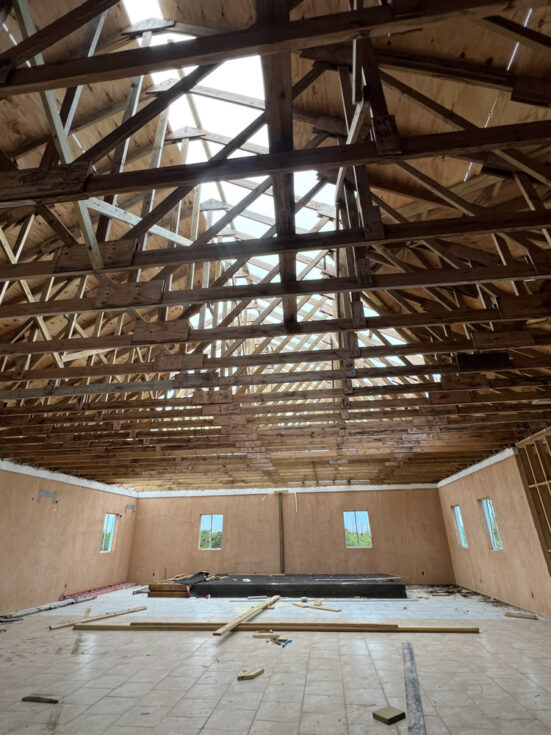
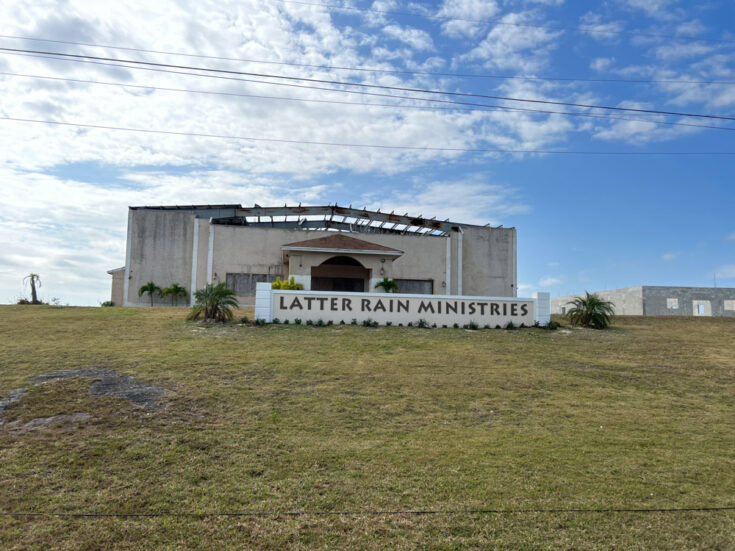
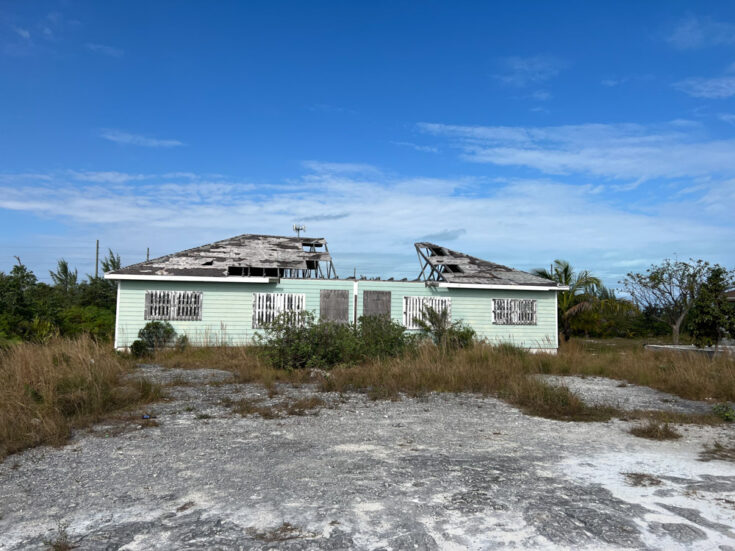
As I approached FRIENDS, I saw my home away from home, the Frank Kenyon Research Centre, still standing strong; next to it stood a two-story Learning Centre being built where the old one had been demolished by Dorian. Despite the signs of wreckage visible around the island, this new Learning Centre was a sign of that hope.
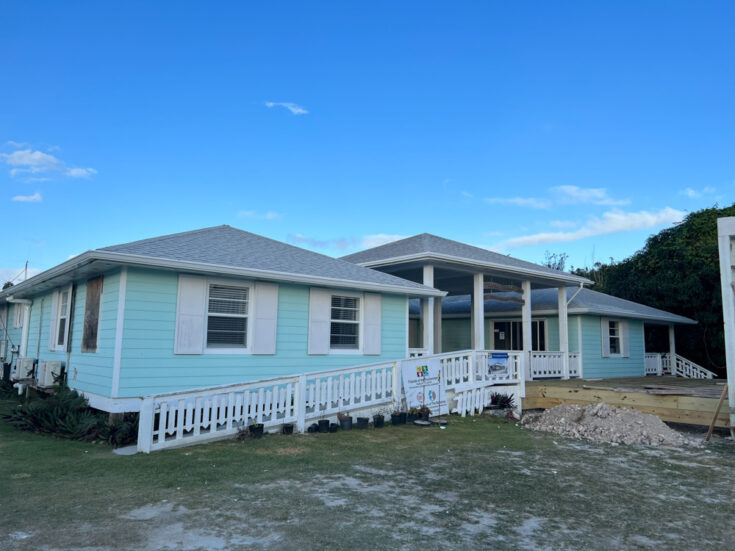
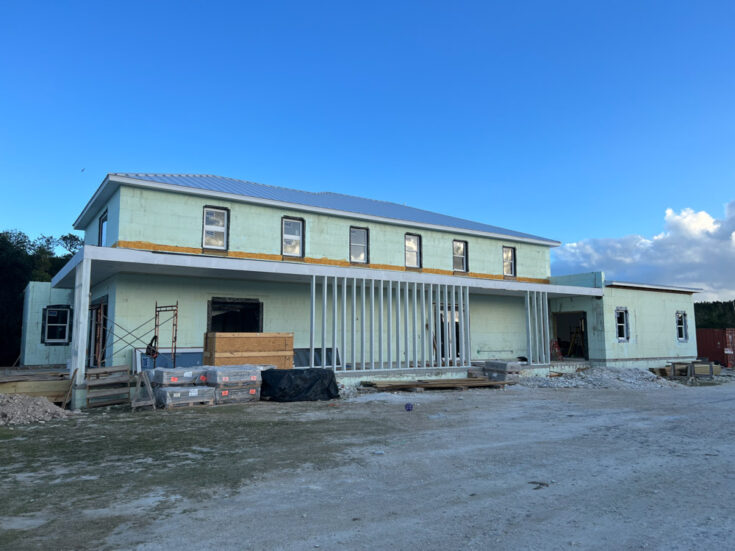
The following day we started B.A.M., and my excitement boiled over in anticipation of seeing my partners, Lianna and Lyndeisha, again. Once reunited, this lapse in time felt more like a few months rather than years, and we fell right into our old routines as if B.A.M. had continued all these years. At that moment, we had little time to catch up, as we were meant to be at Forest Heights Academy to take the students on a field trip to the mangroves.
I was anxious yet again, waiting to step foot in Forest Heights Academy to finally see my fellow colleagues and meet the students whose family names were familiar, but faces I no longer recognized. With so much to accomplish, our reunions were swift. I walked into the classroom, like I did in years prior, but surprisingly, little seemed to change, despite the school recently completing major renovations. I opened the class with my morning greeting, “Goooood morning, Forest Heights!” The students stared at me apprehensively, not recognizing my morning greeting, but I saw the recognition on my colleagues’ faces as they simultaneously cracked a smile. I felt as though I sent them a secret signal: B.A.M. is back in action.
Little by little the students warmed up to me as I lectured. Then we all piled in vans to make our way to the field trip site. The drive there was another eye opener. I was able to observe the bare Caribbean pine trees up close. They no longer obstructed the view, and at times, I was even able to catch glimpses of the turquoise sea in the distance. Upon arriving at the field trip site, I was relieved and amazed to find that the mangroves had grown back, quickly filling in the landscape. FRIENDS led the field trip and I felt like I was a curious student once again, eagerly trying to find the different species of mangrove trees and the patterns that they had formed.
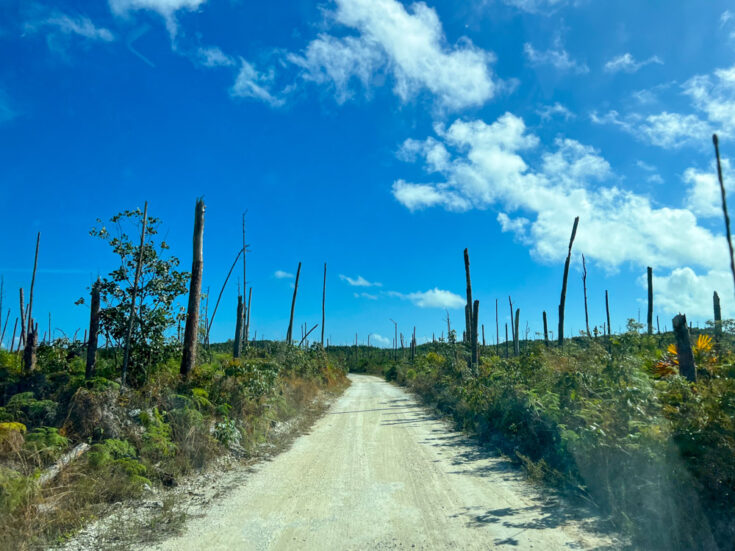
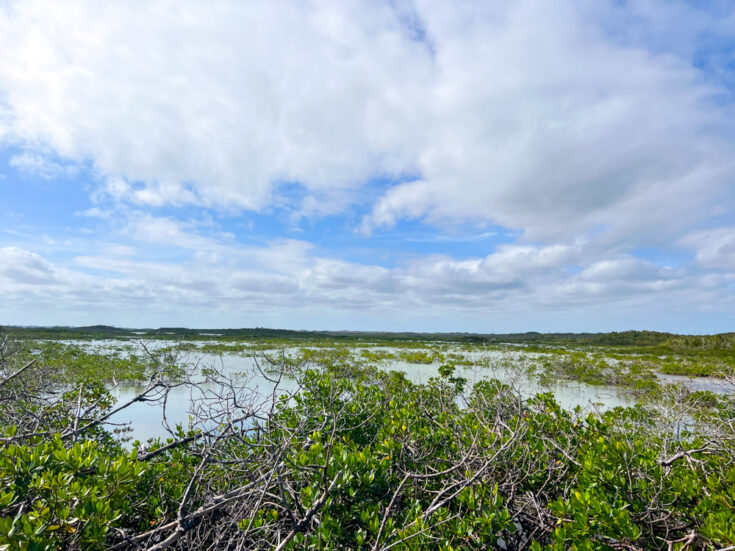
The following day, I went through the entire routine again with my colleague at Patrick J. Bethel High School. The anticipation felt just as intense as the day prior. Upon arrival, I was greeted with open arms by my colleague, Mrs. Bailey. She guided us to the classroom where we were greeted by her curious, cheerful students, and I greeted them the same way that I always do. The students laughed and eagerly returned the greeting. Despite the short class period, we were able to begin our journey, learning about the mangrove food web. The students were engaged and quick-thinking when answering questions.
Before I knew it, it was Friday and despite a packed week implementing B.A.M., I felt as though I had just landed in Abaco. I’m deeply grateful for the opportunity to return to Abaco to continue our work with FRIENDS and the B.A.M. participants. Despite the island experiencing a major catastrophic event, the spirit of the people remains unbroken. I see hope in the eyes of the students, and I’m optimistic that their futures will be bright.